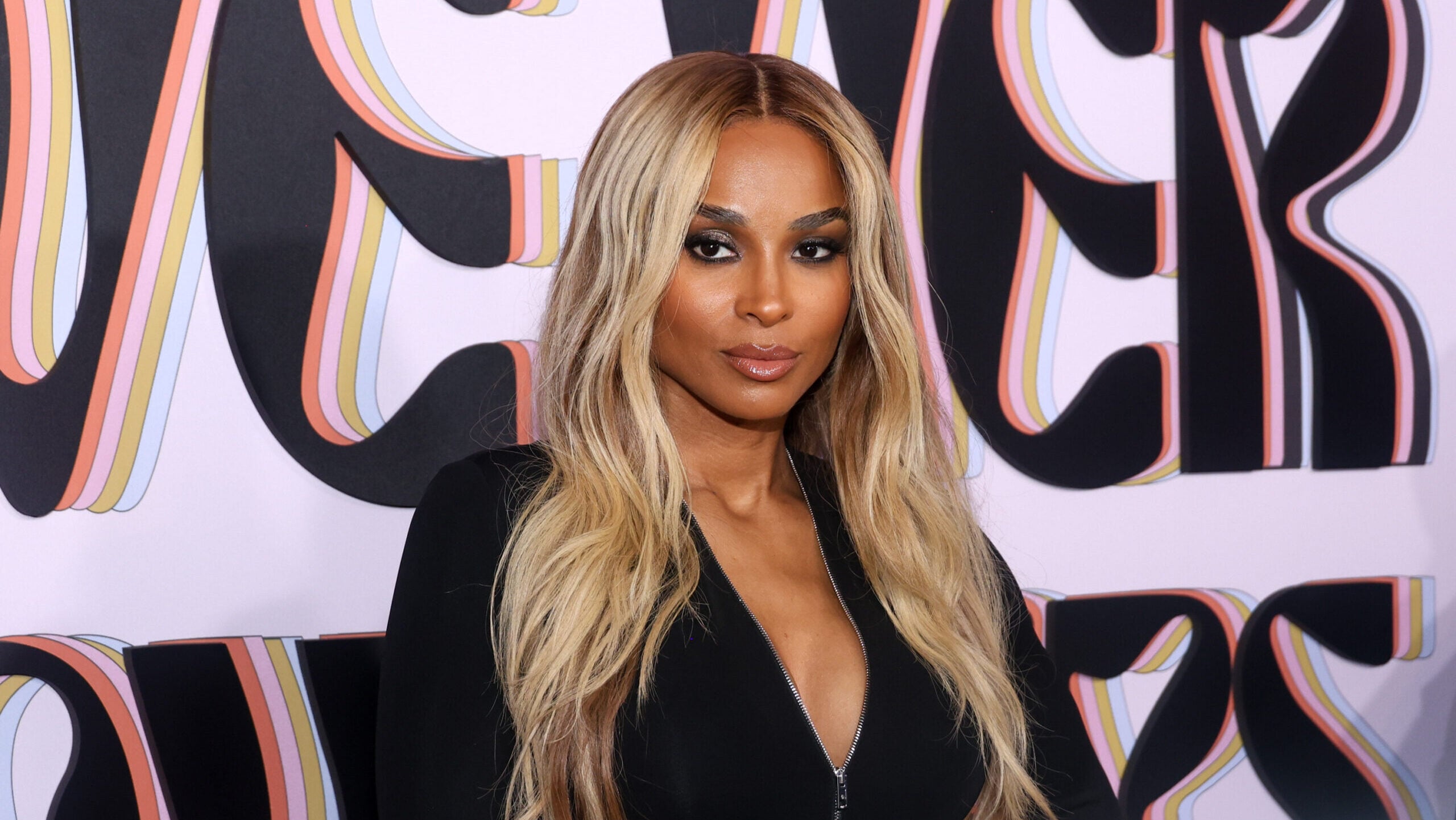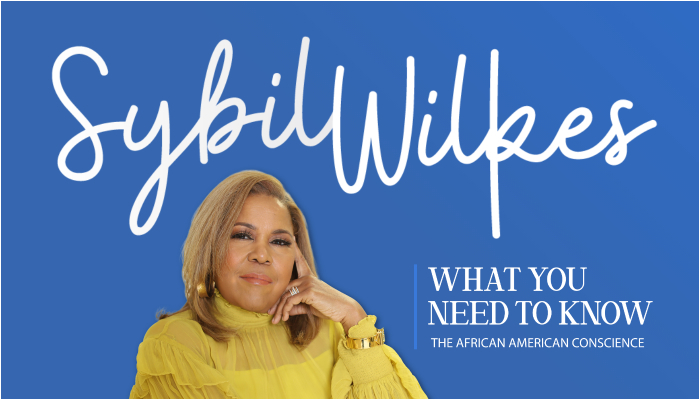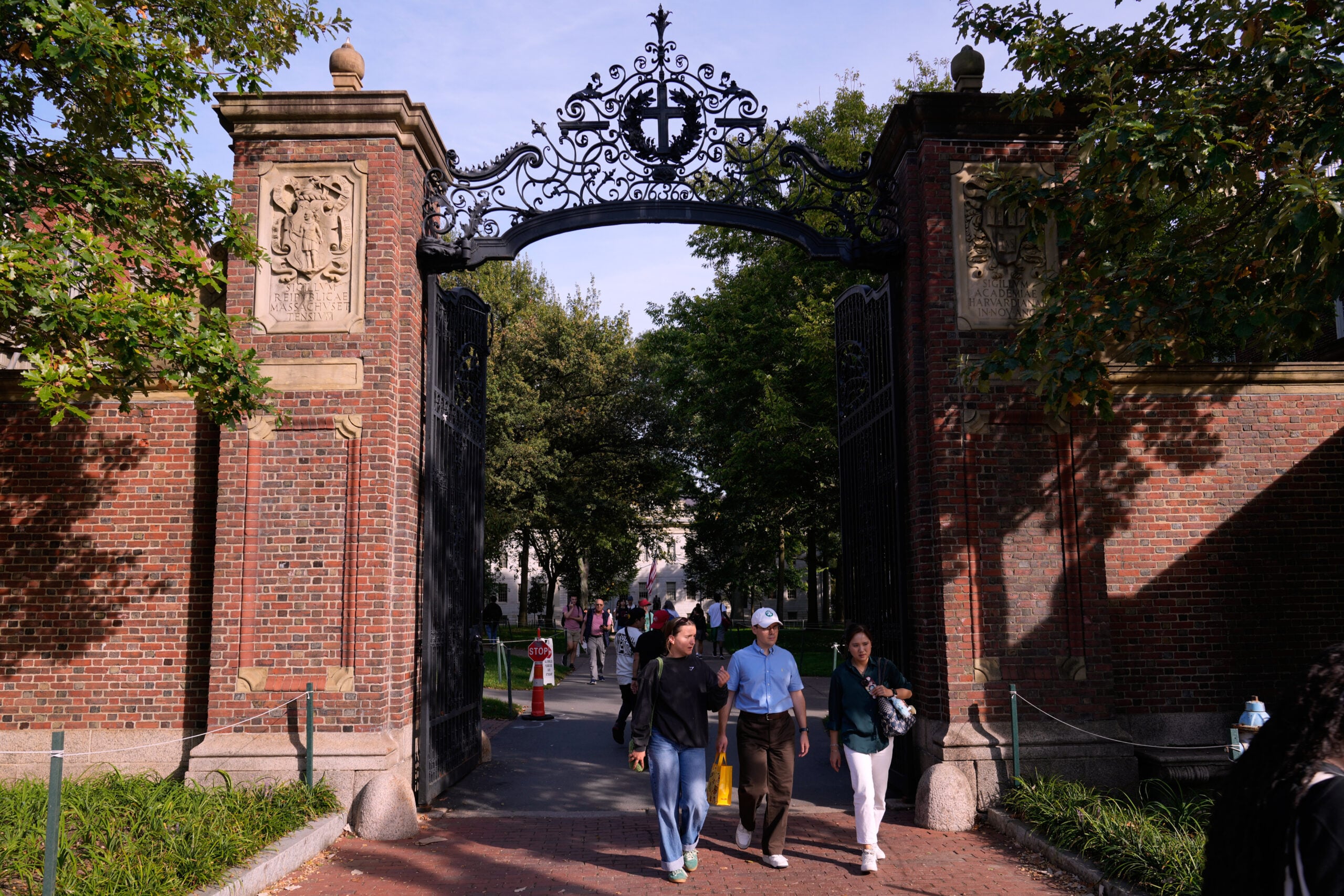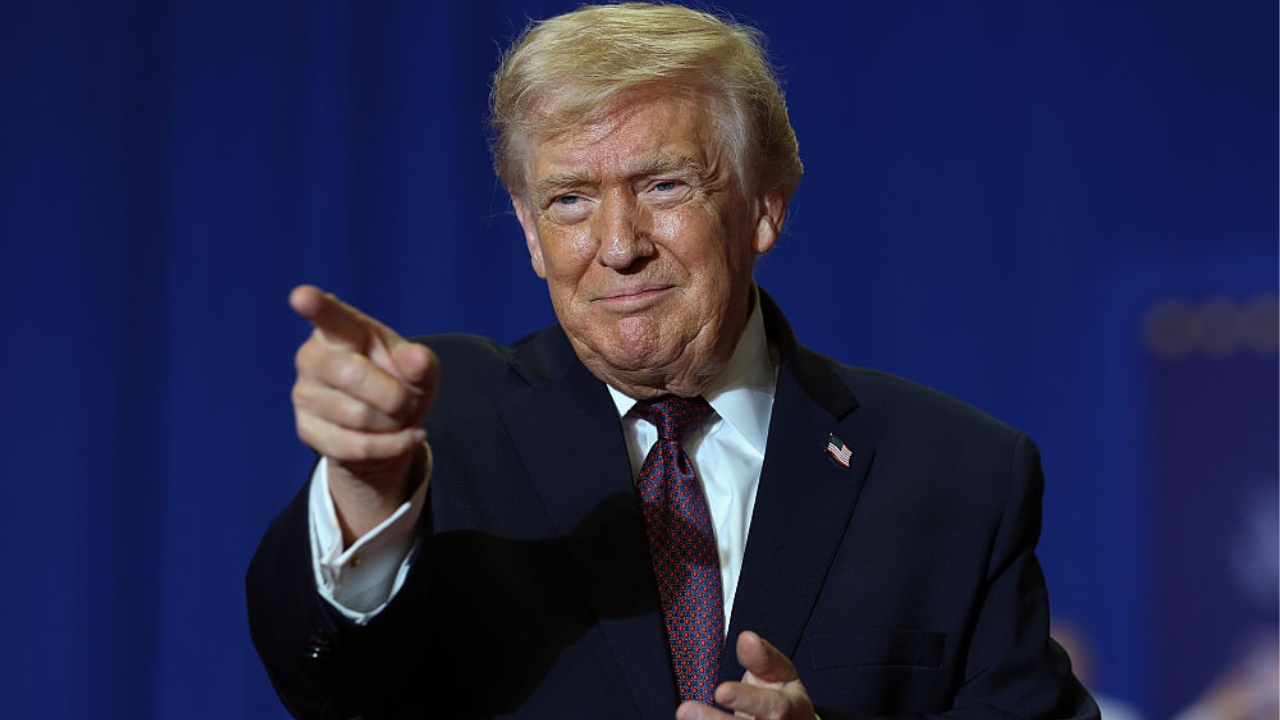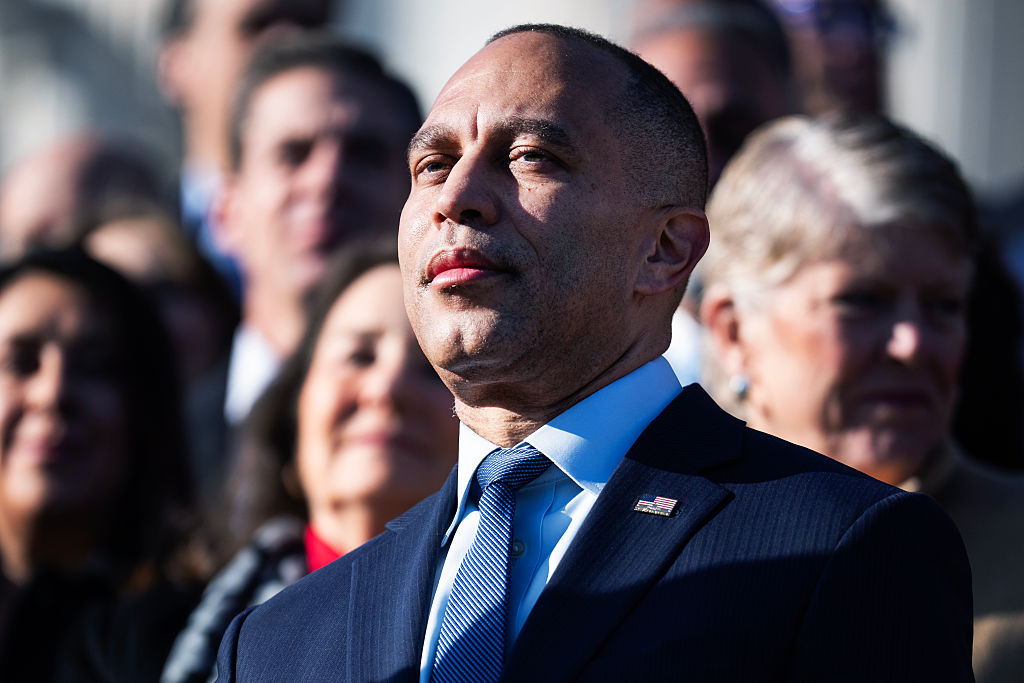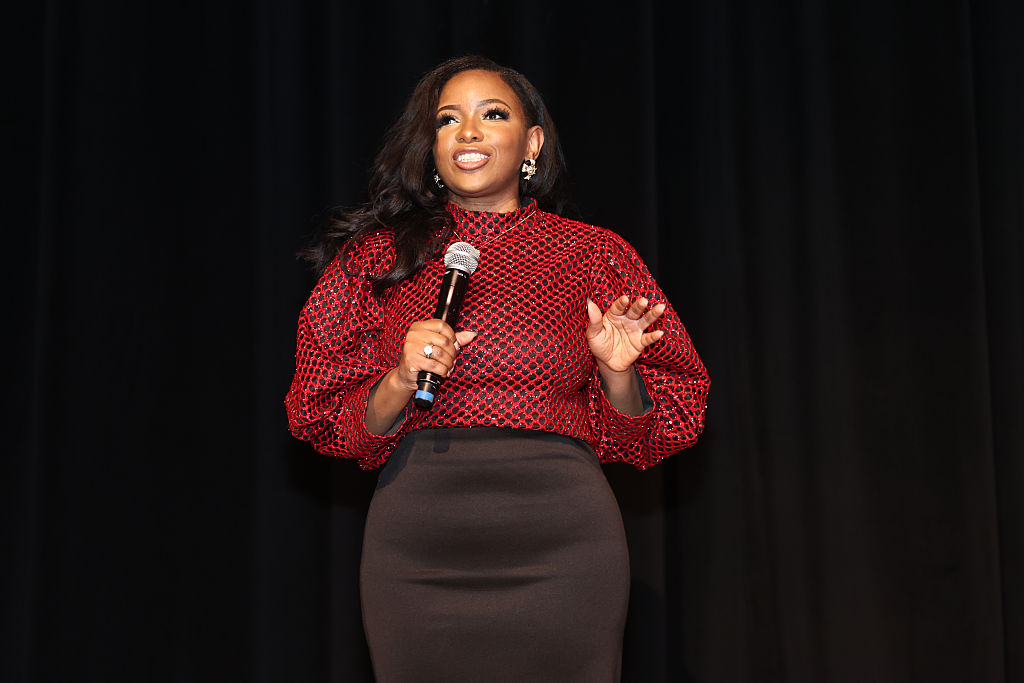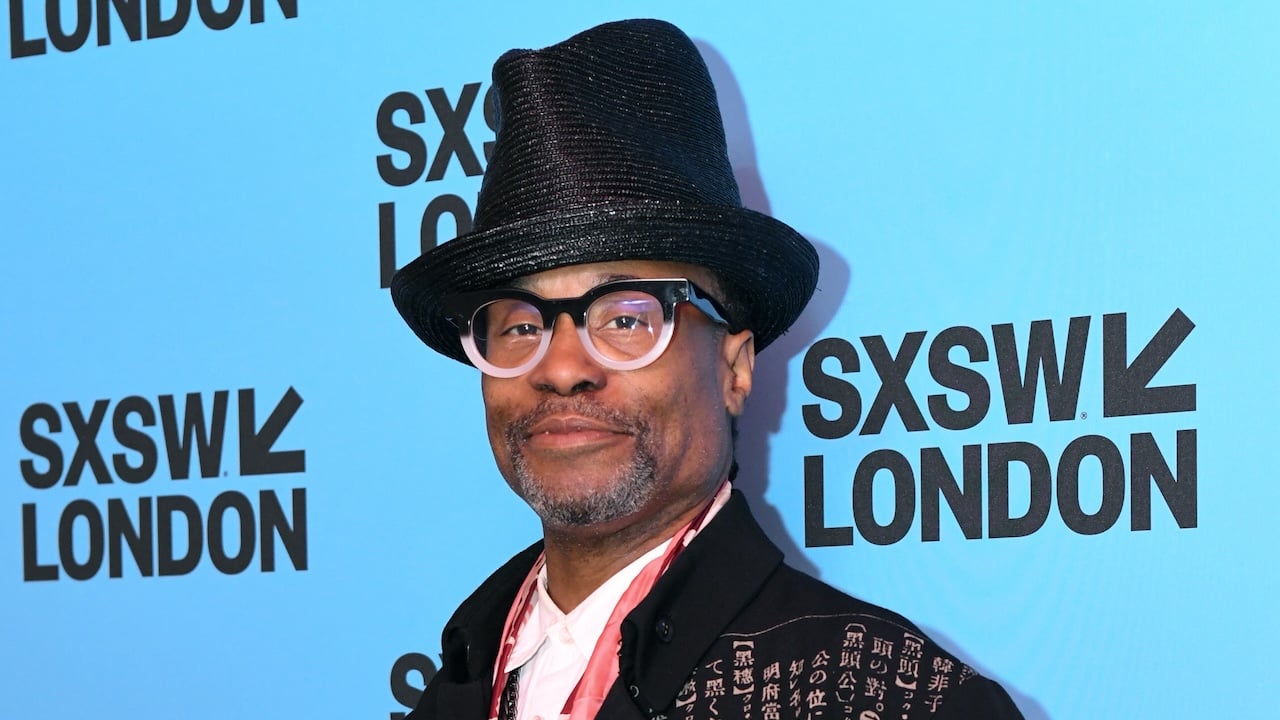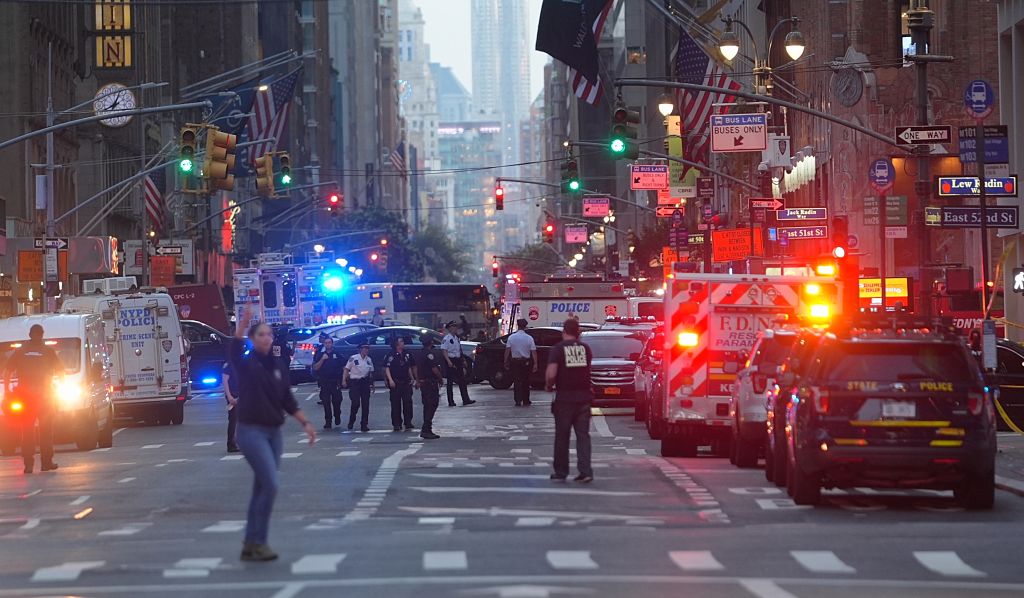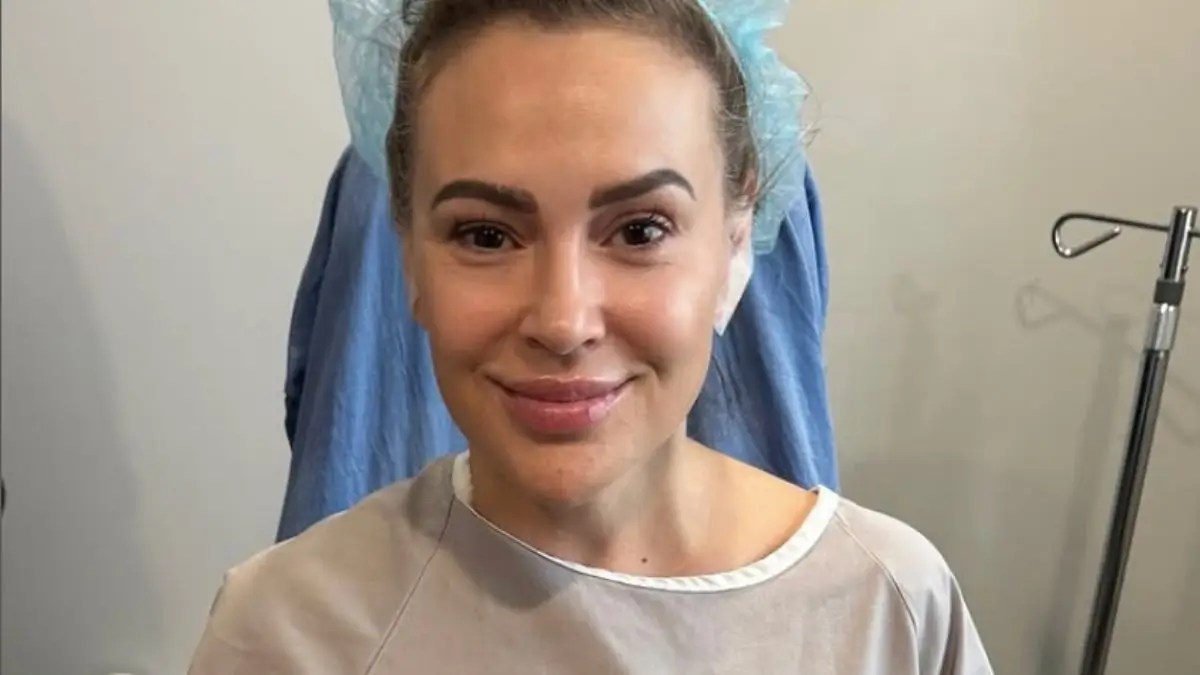Howard University Artists Confront the Rise of AI Pop Stars

When a computer-generated singer landed a multimillion-dollar record deal this fall, it didn’t just shake up the charts; it disrupted classrooms.
In the Chadwick A. Boseman College of Fine Arts at Howard University, the conversation isn’t about whether artificial intelligence can make art. It’s about whether artists will still have room to make a living. As a result, students are reimagining what creativity means as artificial intelligence begins writing, singing, and performing its way into the music industry.
Across the building’s practice rooms and digital studios, students are grappling with the fact that technology can now do what once required talent, time, and training. AI programs can produce perfect harmonies, render photo-realistic avatars, and release entire albums overnight. For young musicians investing years of study into craft and performance, it feels like watching the finish line move mid-race.
The anxiety is not unfounded. The entertainment industry has already begun hiring virtual performers for brand campaigns, film cameos, and social-media concerts. Some digital influencers boast millions of followers without ever stepping foot in a studio. The economics are irresistible because there are no salaries, no agents, and no sick days. For companies squeezed by streaming-era profits, the math is simple.
But at Howard, students are doing a different kind of calculation about meaning and ethics. They are asking whether the convenience of synthetic art is worth the cultural cost. What happens when empathy, identity, struggle, and the other raw materials of art are replaced by data sets and deep learning models trained on someone else’s voice?
Faculty across the fine arts programs are trying to prepare students for a creative landscape where coding may become as important as choreography. Some professors have started integrating AI literacy into performance and production courses by teaching students how to use generative tools responsibly rather than fear them. The goal is not to compete with machines but to command them and to use technology to amplify human creativity instead of erasing it.
Still, students remain uneasy. They worry about losing not just jobs but also the sense of purpose that comes from creation. Their concern echoes a larger cultural reckoning now unfolding across the creative economy. As algorithms learn to mimic rhythm, tone, and emotional inflection, artists must fight to prove that artistry is more than output. It is experience, and that’s something that can’t be uploaded, sampled, or synthesized.
Back in Howard’s rehearsal halls, that conviction still holds. Students keep rehearsing, composing, creating, and believing that technology can stretch the boundaries of art but not replace the heartbeat behind it. The machines may be learning fast, but for now, the soul still belongs to the artists.
Madeleine Hale is a senior journalism major at Howard University and serves as Associate Editor for Cover 2 Cover Magazine. Her work explores the intersections of fashion, culture, and identity through the lens of Black creativity.
What's Your Reaction?
 Like
0
Like
0
 Dislike
0
Dislike
0
 Love
0
Love
0
 Funny
0
Funny
0
 Angry
0
Angry
0
 Sad
0
Sad
0
 Wow
0
Wow
0




